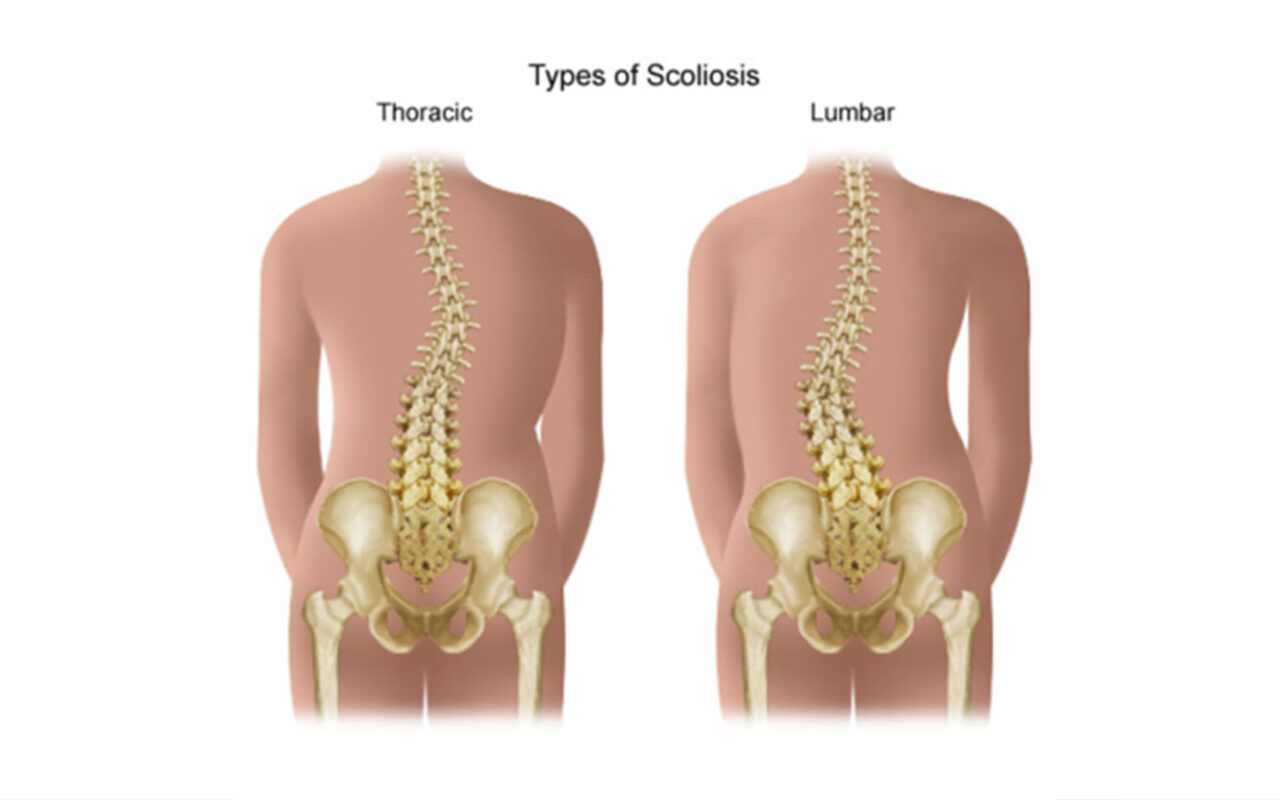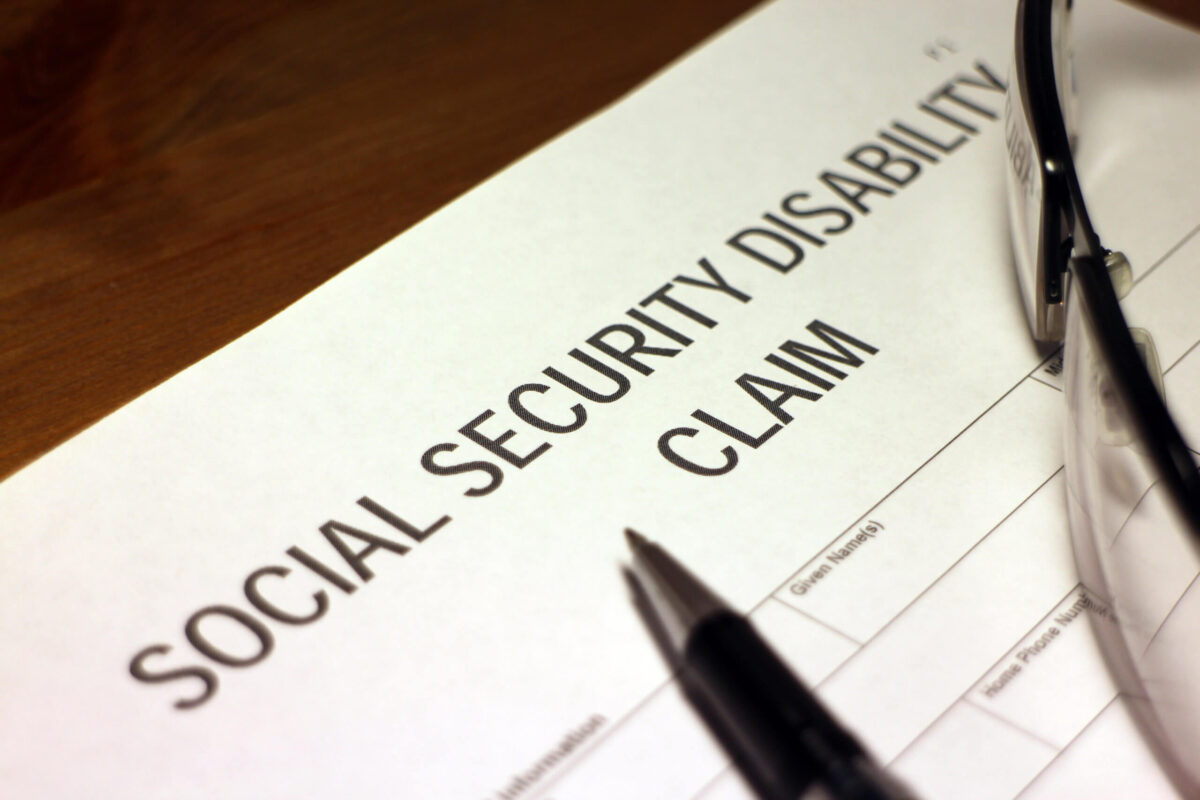Scoliosis is a condition characterized by an abnormal curvature of the spine that can range from mild to severe. It may develop during childhood or adolescence, be present at birth, or emerge later in life due to various factors. Severe scoliosis can cause back pain, muscle stiffness, limited mobility, and difficulties performing daily tasks, which can significantly affect an individual’s ability to work and earn a living.

Exploring the Social Security Disability Insurance (SSDI) Program
The Social Security Disability Insurance (SSDI) program provides financial assistance to individuals with disabilities who are unable to work. To qualify for SSDI benefits, applicants must meet specific criteria and provide comprehensive medical evidence.

Eligibility Criteria for SSDI Benefits for Scoliosis
To qualify for SSDI benefits for scoliosis, applicants must:
- Work Credits: Earned enough work credits through their employment history. The required number depends on the age at which the disability began.
- Severe Impairment: Scoliosis must be a severe impairment that significantly limits basic work activities.
- Duration of Disability: The condition must be expected to last for at least 12 months or result in death.
Medical Evidence Required for SSDI Application
When applying for SSDI benefits, it is important to provide:
- Medical Records: Detailed documentation of scoliosis diagnosis, including X-rays, MRI scans, and other imaging tests.
- Treatment History: Records of treatments such as physical therapy, bracing, or surgery.
- Functional Assessments: Reports from healthcare professionals detailing the functional limitations caused by scoliosis.
The Role of Functional Limitations in SSDI Evaluation
Functional limitations are crucial in SSDI evaluations. The Social Security Administration (SSA) assesses how scoliosis impacts an individual’s ability to perform work-related tasks such as sitting, standing, walking, lifting, and carrying. These factors are considered in determining disability eligibility.
How to Apply for SSDI Benefits for Scoliosis
Applications for SSDI benefits can be completed online, by phone, or in person at a local Social Security office. The application requires detailed information about the medical condition, work history, and other relevant factors. Accurate and thorough information is essential for a smooth application process.
The Disability Determination Process: What to Expect
The SSDI application undergoes a disability determination process, where a disability examiner reviews the application and medical evidence to assess eligibility. Additional information or medical evaluations may be requested.

Appealing a Denied SSDI Claim for Scoliosis
If an SSDI claim is denied, applicants can appeal the decision. The appeals process includes reconsideration, a hearing before an administrative law judge, and possible further appeals to the Appeals Council and federal court. Legal assistance is recommended to navigate the complex procedures and improve the chances of a successful appeal.
Supplemental Security Income (SSI) for Scoliosis: An Overview
Supplemental Security Income (SSI) provides financial assistance to individuals with limited income and resources. Unlike SSDI, SSI does not require work credits but has strict income and asset limits.
Qualifying for SSI Benefits with Scoliosis
To qualify for SSI benefits, applicants must:
- Limited Income: Have income below the SSA’s set limits.
- Limited Resources: Possess assets and resources below the SSA’s limits.
- Disability: Have a medically determinable impairment like scoliosis that prevents substantial gainful activity.
Seeking Legal Assistance for Your Scoliosis Disability Claim
Navigating disability benefits applications can be complex. Legal assistance from an experienced disability attorney can significantly enhance the chances of a successful claim. Attorneys offer expertise in the application process, eligibility requirements, and can provide valuable guidance and representation.
結論
Individuals with scoliosis may be eligible for disability benefits through the SSDI or SSI programs. Meeting eligibility criteria and providing comprehensive medical evidence are critical for a successful claim. Legal assistance can help navigate the application process and increase the likelihood of receiving financial support.
参考文献
- [1] Weinstein SL, Dolan LA, Cheng JC, et al. "Adolescent idiopathic scoliosis.".Lancet.2008;371(9623):1527-1537: 10.1016/S0140-6736(08)60658-3.
- [2] Negrini S, Donzelli S, Aulisa AG, et al. "2016 SOSORT guidelines:成長期の特発性側弯症の整形外科的治療とリハビリテーション治療".側弯症と脊椎疾患.2018;13:3: 10.1186/s13013-018-0175-8.
- [3] Trobisch P, Suess O, Schwab F. "Idiopathic scoliosis.".Dtsch Arztebl Int. 2010;107(49):875-883: 10.3238/arztebl.2010.0875.
- [4] Hresko MT.「臨床の実際。青年期の特発性側弯症".N Engl J Med.2013;368(9):834-841: 10.1056/NEJMcp1209063.
- [5] Bettany-Saltikov J, Weiss HR, Chockalingam N, et al. "Surgical versus non-surgical interventions in people with adolescent idiopathic scoliosis.".Cochrane Database Syst Rev. 2015;2015(4). doi: 10.1002/14651858.CD010663.pub2.
- [6] 社会保障庁。"Disability Benefits". https://www.ssa.gov/benefits/disability/.
- [7] Lonstein JE, Carlson JM.「未治療の特発性側弯症における成長期のカーブ進行の予測。J Bone Joint Surg Am.1984;66(7):1061-1071: 10.2106/00004623-198466070-00008.
- [8] Kaspiris A, Grivas TB, Weiss HR, Turnbull D. "Scoliosis:診断と治療のレビュー".International Journal of Orthopaedics.2013;37(1):34-42: 10.1038/s41390-020-1047-9.
- [積極的な自己矯正と課題指向型エクササイズは、軽度の青年期特発性側弯症の被験者において脊柱の変形を減少させ、QOLを改善する:無作為化比較試験の結果"Eur Spine J. 2016;25(10):3118-3127: 10.1007/s00586-016-4625-4.
- [10] Kotwicki T, Negrini S, Grivas TB, et al. "Methodology of evaluation of scoliosis, back deformities and posture." 脊柱側弯症、背中の変形、姿勢の評価方法。Scoliosis.2009;4:26: 10.1186/1748-7161-4-26.

